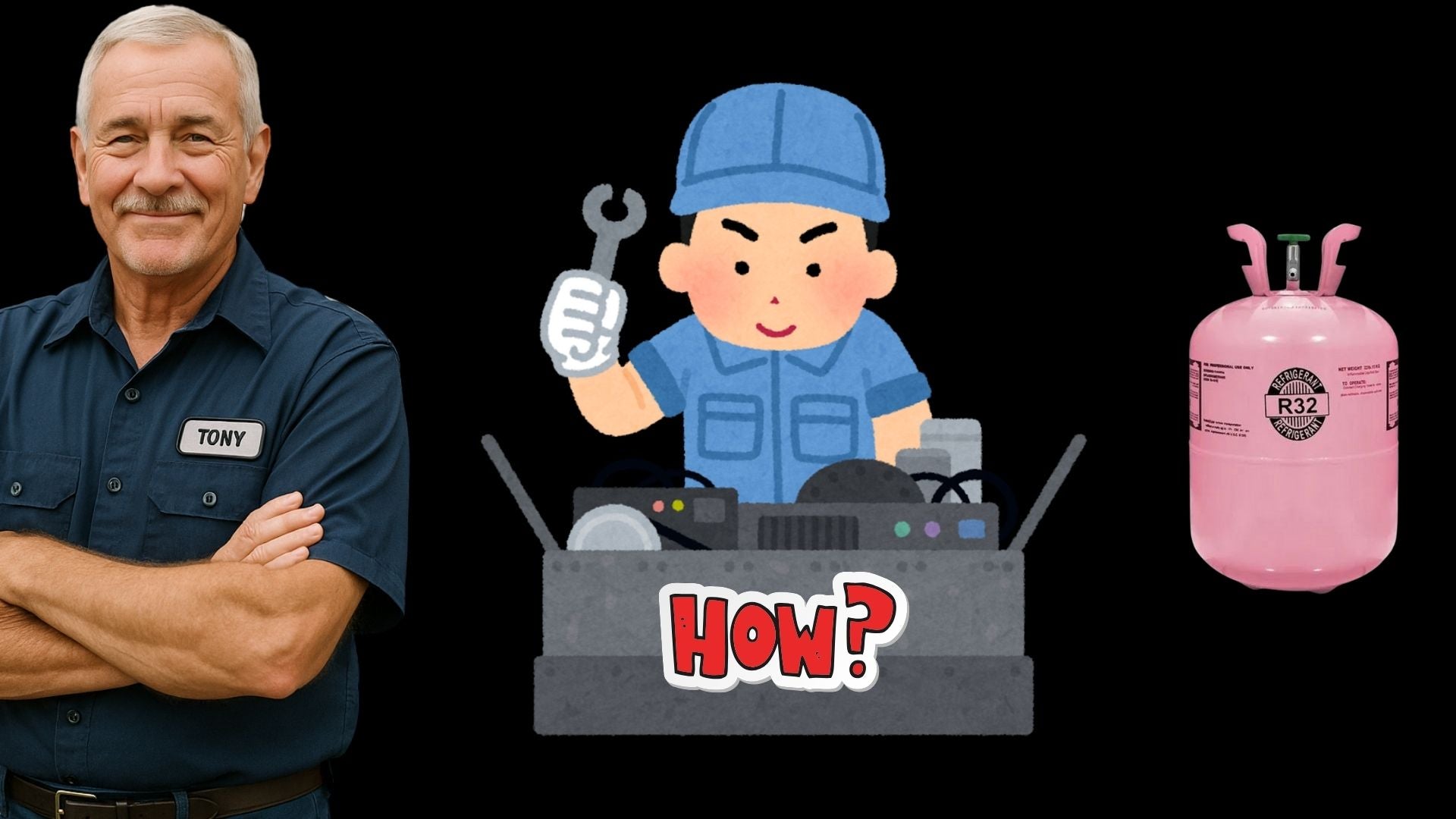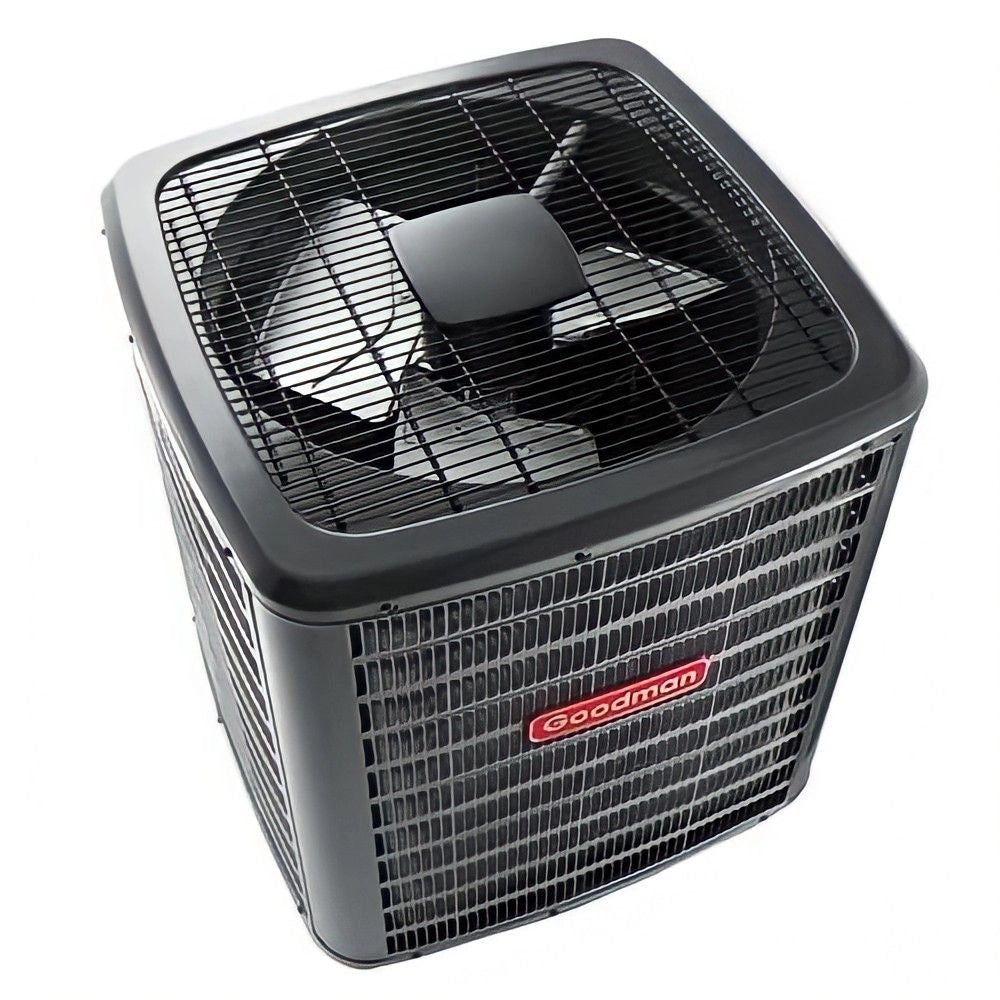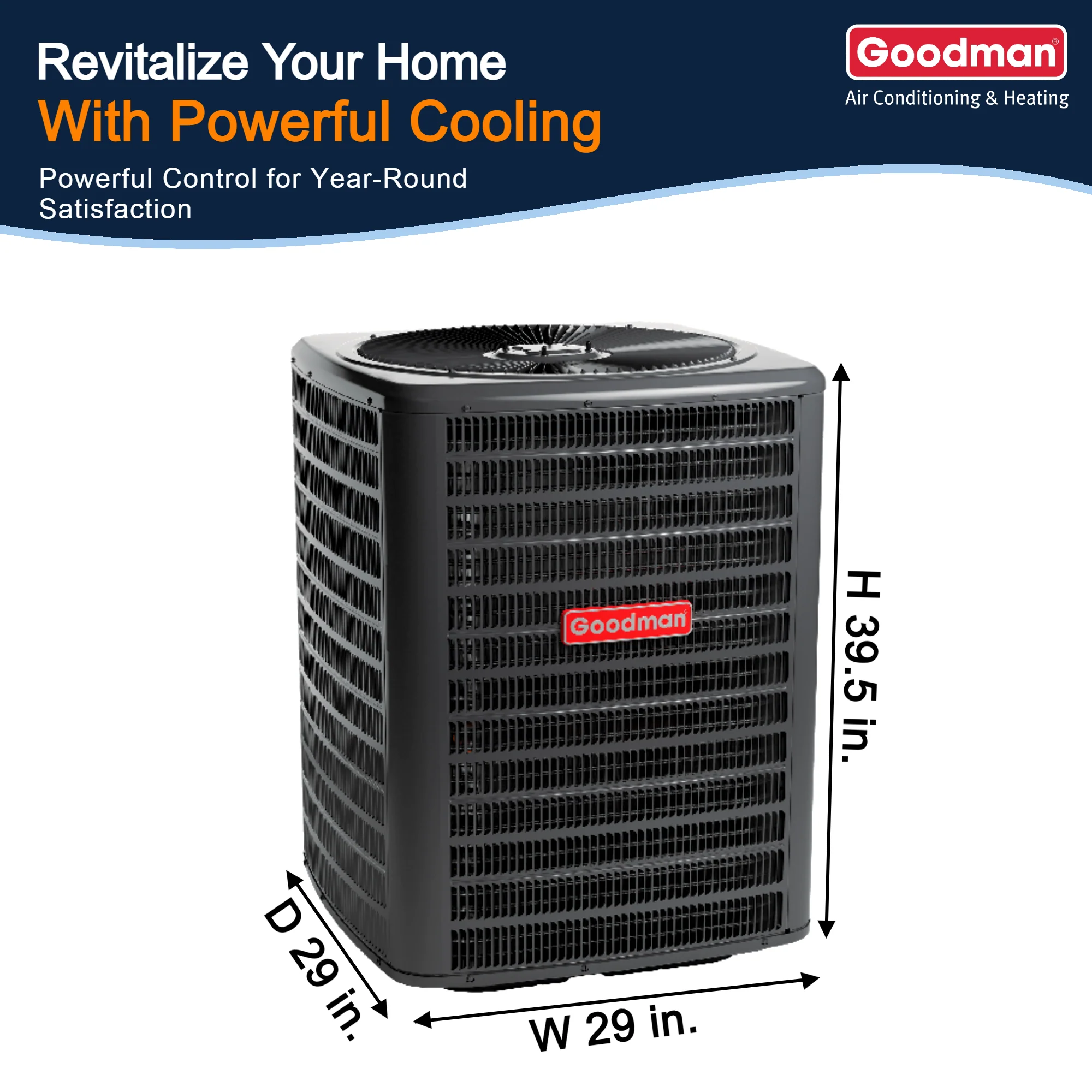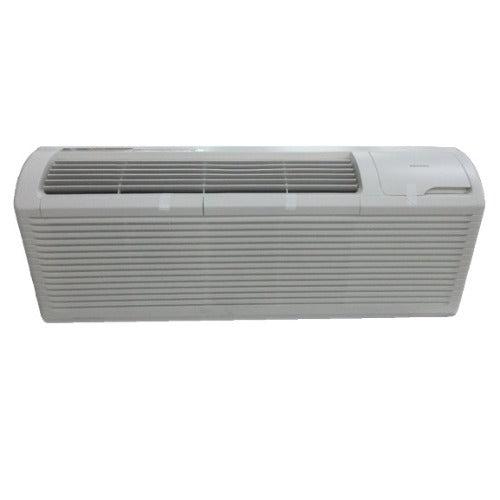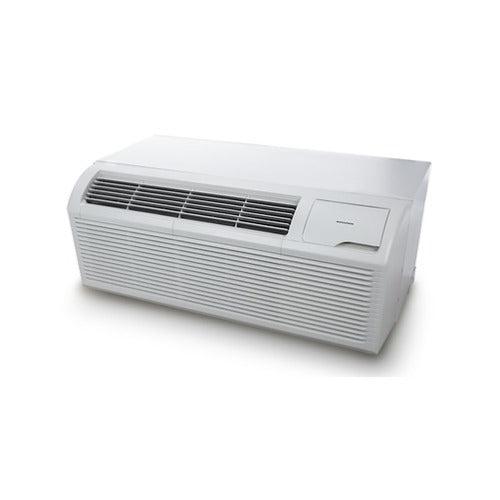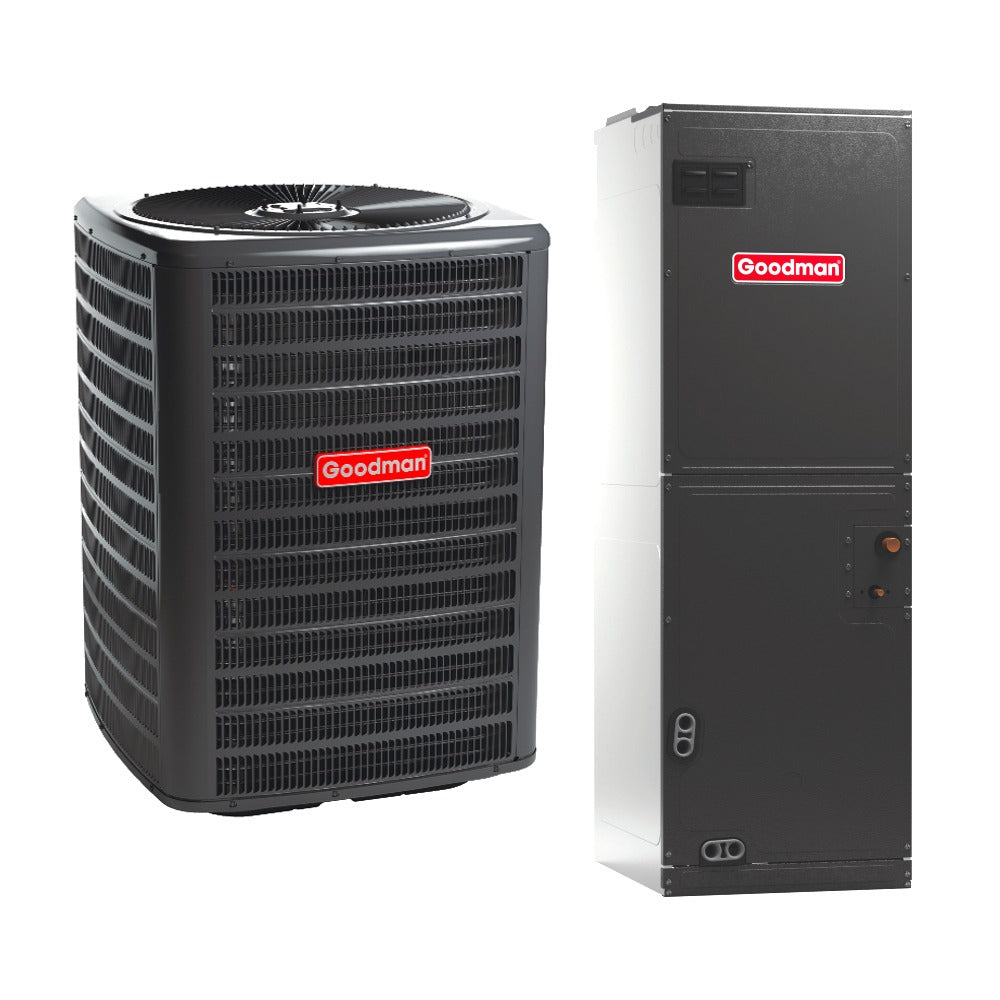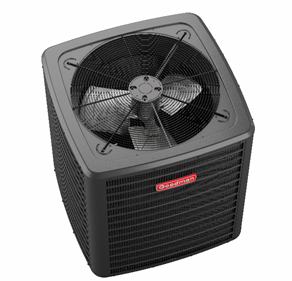How to Maintain an R-32 AC System: Tony’s Field-Tested Checklist
If you’ve made the jump to an R-32 system—nice work. You’ve got a solid piece of HVAC equipment that’s efficient, runs quieter, and leaves a smaller carbon footprint. But like I always say, even the best system turns into a lemon if you don’t take care of it.
I’ve been maintaining systems like these for over two decades. Here’s the checklist I use with my own customers, tailored specifically for R-32 refrigerant systems. It’ll help you avoid breakdowns, keep your energy bills low, and extend the life of your setup.
Why R-32 Systems Need Special Attention
R-32 isn’t your old-school refrigerant. It’s classified as an A2L refrigerant, which means it’s mildly flammable. Now before you panic—this stuff is safe when handled properly. But it does mean your tech (or you) need to follow a few extra steps for safety and compliance.
According to the Air-Conditioning, Heating, and Refrigeration Institute (AHRI), systems using A2L refrigerants are designed with additional safety features, but they still need correct servicing and ventilation practices.
Tony’s 12-Point Maintenance Checklist for R-32 AC Systems
✅ 1. Power Down Before You Touch Anything
Always start by cutting power at the disconnect box. Safety first, folks. With R-32’s classification, you don’t want any electrical components live while you're opening panels.
✅ 2. Inspect the Air Filter (Monthly)
A clogged filter chokes airflow and strains your blower motor. I recommend checking your air filter monthly during cooling season. If it looks like it’s growing fur, replace it. Use MERV 8 or higher for optimal dust and allergen control.
✅ 3. Clean the Evaporator Coil (Spring & Fall)
Dirty coils = lost efficiency. Use a no-rinse foaming coil cleaner, and follow guidelines from manufacturers like those in this EPA HVAC maintenance guide.
✅ 4. Clear the Condensate Drain Line
R-32 systems often run with high-efficiency evaporators, which means they can produce more condensate. Flush the line with a 50/50 vinegar and water solution to prevent clogs and mold buildup.
✅ 5. Check Refrigerant Pressure—But Don’t Top Off Blindly
With R-32’s lower required charge, a little goes a long way. Check pressures using gauge sets rated for A2L refrigerants, and only adjust with the exact charge weight specified on the unit label. Overcharging can damage the compressor.
You can learn more about proper R-32 charging techniques from the Refrigeration Service Engineers Society (RSES).
✅ 6. Inspect the Line Set Insulation
Make sure the suction line insulation is intact and snug. If it's cracked or deteriorated, replace it. R-32 runs at higher pressures, and good insulation is key to preventing energy loss.
✅ 7. Clean the Condenser Fins (Annually)
Use a fin comb or soft brush to gently remove dirt, pollen, or debris from the outside unit. Be careful—bent fins restrict airflow. Hose it down from the inside out using low pressure.
✅ 8. Tighten Electrical Connections
Loose terminals can cause arcing or shorts—especially in high-efficiency systems with electronic controls. I use a non-contact voltage tester first, then gently snug up connections with an insulated screwdriver.
✅ 9. Test Capacitors and Contactors
Capacitors start your compressor and fan motor. Weak ones cause hard starts and shutdowns. Use a multimeter with a capacitance setting, and compare readings to spec.
✅ 10. Inspect for R-32 Leaks (Use A2L-Compatible Tools)
You’ll need a leak detector rated for A2L refrigerants. I use a heated diode sensor for precise detection. Always ventilate the area when inspecting or servicing—UL-certified tools are a must here.
✅ 11. Lubricate Fan Motor Bearings (If Applicable)
Some newer motors are sealed, but older models still need a few drops of HVAC-rated oil each season. Listen for squeaks—it's the system telling you it needs attention.
✅ 12. Run a Full Test Cycle
After servicing, fire up the system and run it through a full cooling cycle. Check temps at the return and supply to confirm proper delta-T (you’re looking for 15°F–20°F difference typically). Make sure the system cycles off without short cycling.
How Often Should You Do This?
-
Homeowners: Twice a year (spring and fall), plus monthly filter checks
-
Landlords/Property Managers: Every 3–4 months depending on tenant use
-
Contractors: Recommend full maintenance plans to customers—these are money-savers in the long run
Tony’s Pro Tip
Don’t wait for something to break. A $10 filter or $25 leak check now can save you hundreds in repairs or refrigerant costs later. And since R-32 is here to stay, it pays to get familiar with the maintenance routine early.

